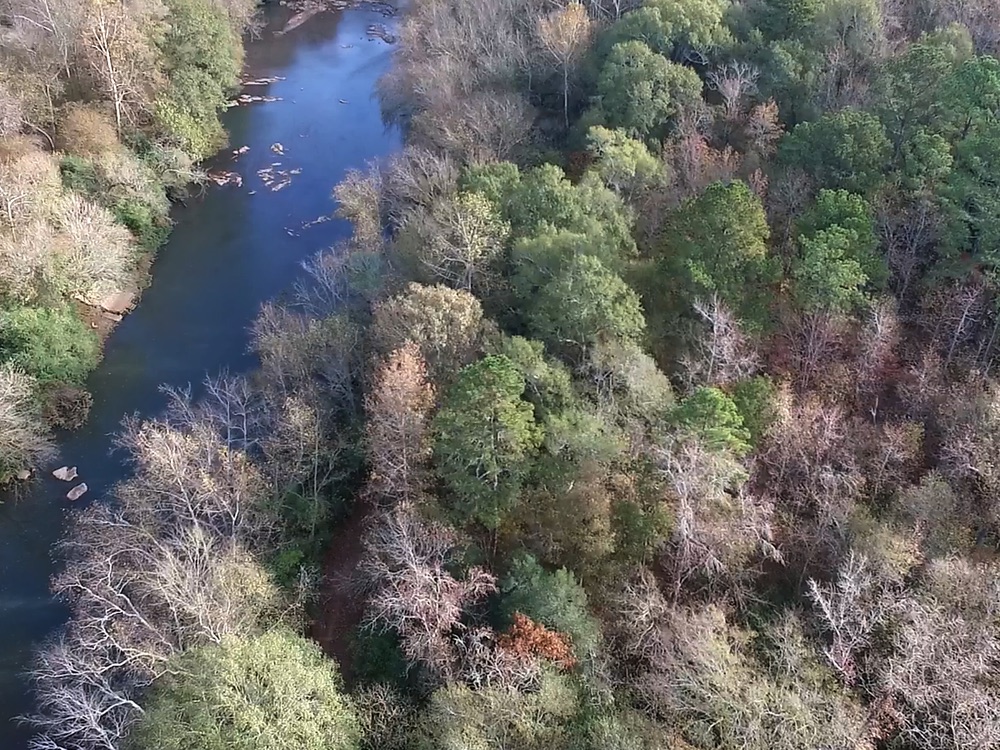
We need the tonic of wilderness. We can never have enough of nature.
Henry David Thoreau

We need the tonic of wilderness. We can never have enough of nature.
Henry David Thoreau
TREES OF ATHENS: AN OVERVIEW
5/9/20
Last summer, I started to learn the trees of our neighborhood and Athens in general. I’m now able to start writing my notes on how I learned to identify them.
When I learn to identify anything, whether it is trees or ferns or dragonflies, I often start by paging through a field guide with no real plan, hoping to find a matching picture. It usually works, but it takes time. If I do this enough, I start to see patterns, I know where in the book to look, and I can organize what I know. I’m now at that point with trees.
The problem with the field guide search is that without a plan, I spend too much time looking at species that are unlikely to be found. For example, I like David Sibley’s The Sibley Guide to Trees, which covers the lower 48 United States. Many of the trees in it do not occur anywhere in Georgia, and luckily there are range maps on every page so that I can rule them out. Even still, it would help if I looked only at local species.
Even when looking at the local species, it helps greatly to understand basic habitats like xeric (dry), mesic (moist), and hydric (wet), because each habitat has its own species. Once I learned that last summer, the list of trees not only became much shorter, I also started to recognize the associations. For example, if I found a xeric oak species, I knew what other species were likely to turn up, and which were not.
I also like two regional guides, Wilbur and Marion Duncan’s Trees of the Southeastern United States, and Brown and Kirkman’s Trees of Georgia and Adjacent States, and using them has these problems, as well as new ones. For both guides, the color photos aren’t on the same page as the text, owing to the cost of printing. As a result, I’m constantly flipping back and forth. Much of my time would be spent looking at photos only to turn to another page to find out that those species were found in the Coastal Plain, or the Valley and Ridge, or the Blue Ridge, but not in the Piedmont.
This brings me to my current project, to organize what I know about local trees into a form that makes trees of the area easier to learn. I will focus on trees in our neighborhood, but also include others that I find in Athens. I’ll cover the native trees and avoid ones that were clearly planted ornamentally (Japanese Maple, Crepe Myrtle, etc.). I’ve divided the trees into six categories, based mostly on the leaves. These easy categories quickly shorten the list of likely species: each has about 6–8 species, making comparisons easier.
Over the coming weeks, I’ll post these groups one by one. I’ll describe the species in each, comment on how to distiguish the similar ones, and write a little about the habitat where they usually live. It’s likely that I will miss a species or two in these initial posts, and I’ll just add new species as I find them. All of this is a work in progress.
Here are the six categories of trees I’ll use:
Brown, C.L., and L.K. Kirkman. 1990. Trees of Georgia and Adjacent States. Timber Press, Portland, Oregon.
Duncan, W.H., and M.B. Duncan. 1988. Trees of the Southeastern United States. University of Georgia Press, Athens, Georgia.
Sibley, D.A. 2009. The Sibley Guide to Trees. Knopf, New York.